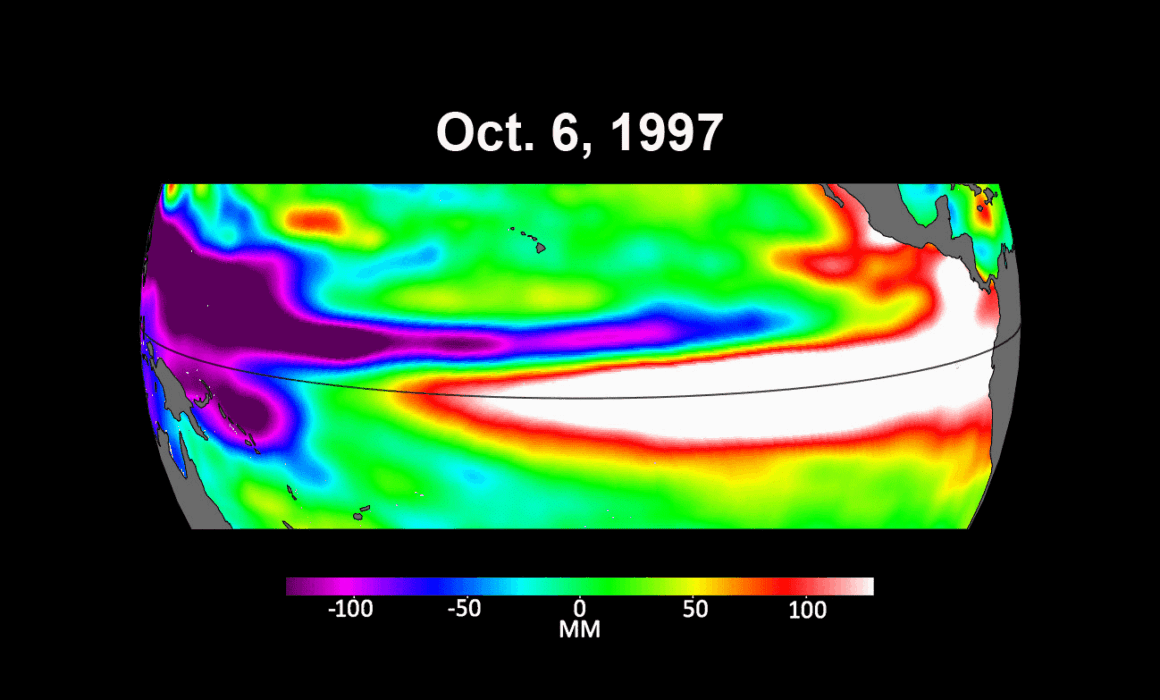The circular economy is a vision for a world in which the materials used in the products and packaging we purchase flow perpetually through the economy, used over and over instead of being tossed into landfills and replaced with newly mined, refined, and processed stuff. Recycling, an industry with about 50 years of history, is considered an essential feature of the circular economy, but it is just one option. Our guest, Knoxfill founder Michaela Barnett, recently wrote an article for The Conversation that convincingly argued that recycling has struggled to live up to the circular vision. She says the three Rs — reduce, reuse, and recycle — are insufficient to make the circular economy go round. Michaela started Knoxfill, a retail store in Knoxville, Tennessee, that offers refillable and sustainably made products for hair care, home cleaning, skincare, and the kitchen.

Michaela and her team at Knoxfill offer local delivery and a “mobile refillery,” kind of like a food truck for refills, to make reuse and refilling available as widely as possible within their communities — by keeping the supply chain short using local products and refusing to ship nationally, they help reduce not just plastic consumption but also carbon emissions and other impacts of our daily lives. You can learn more about Knoxfill at https://knoxfill.com/
Take a few minutes to find your local refill options at https://www.litterless.com/ or https://directory.refillerycollective.com/ and start to change your take-make-waste buying to reduce your impact.










Recent Comments